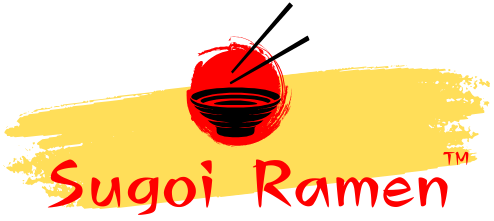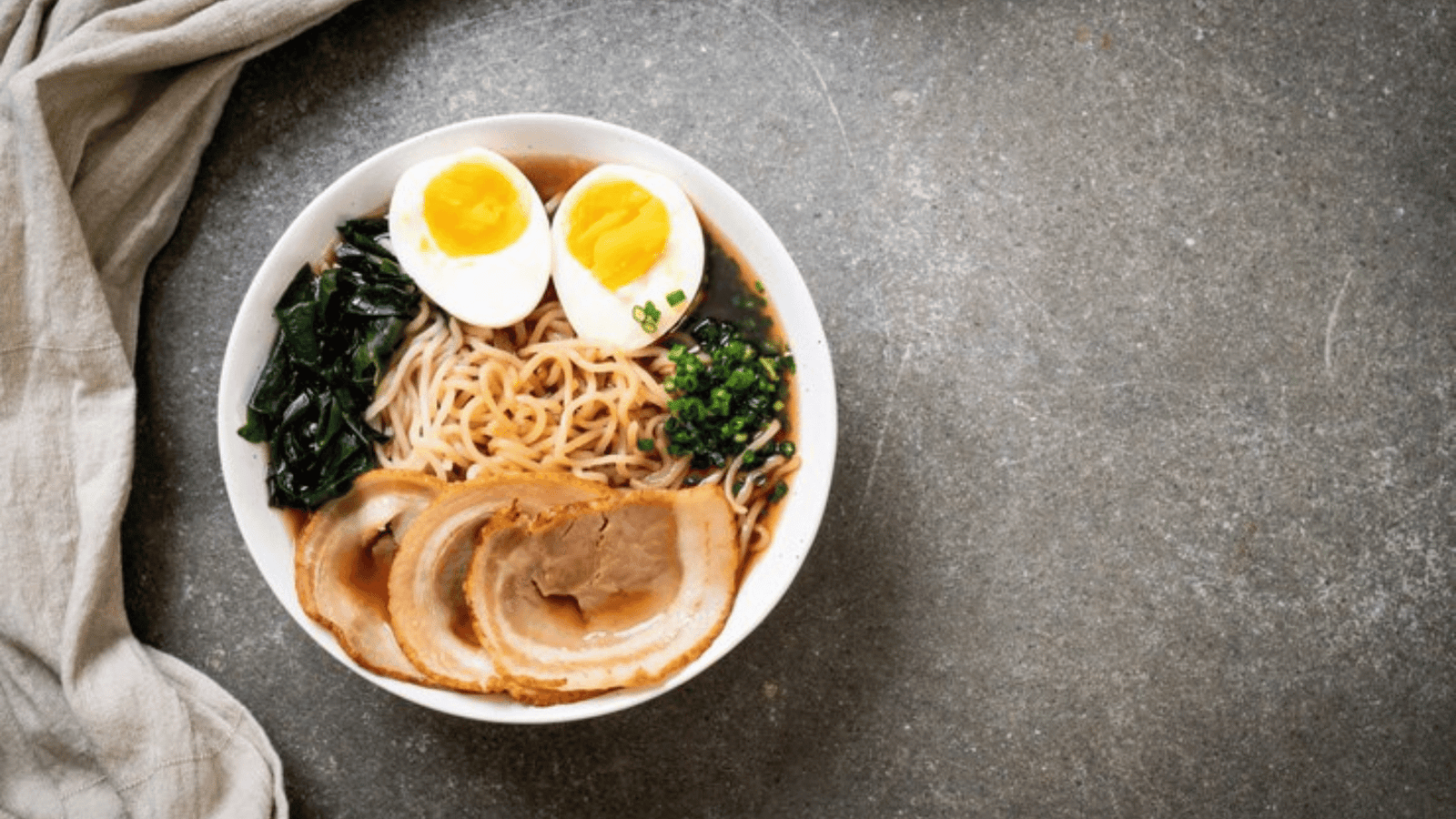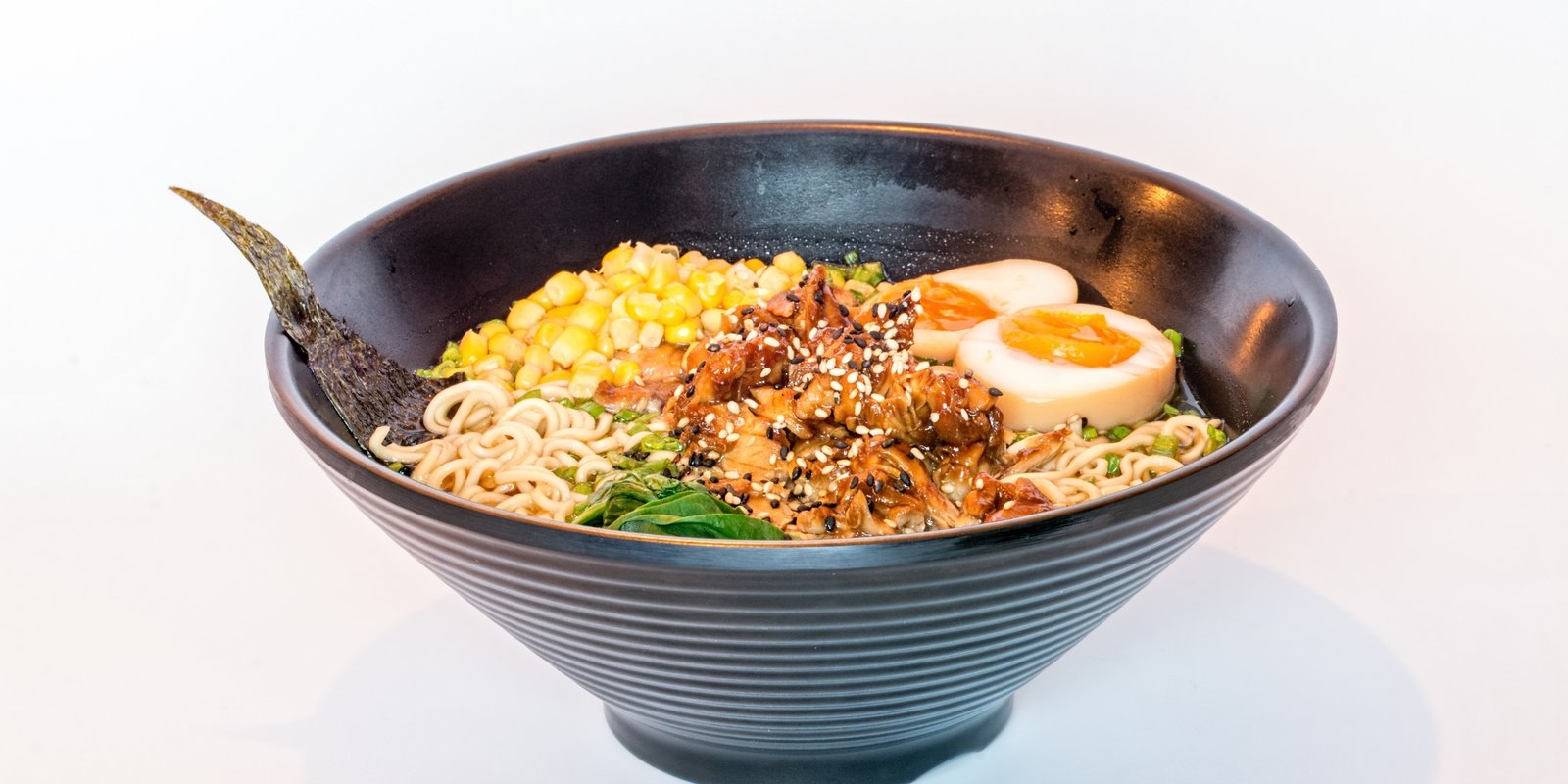Ramen soup is not just a meal; it’s an experience—a rich, savory journey that blends complex flavors, textures, and cultural history into one bowl. Originating in Japan, ramen has become a global favorite, and the key to its unique taste lies in the science of ramen broth. But what exactly makes the perfect ramen soup? The secret isn’t just in the noodles or toppings—it’s in the broth.
In this article, we will dive into the science of ramen broth, explore the different types of ramen soups, and uncover the techniques behind crafting the perfect bowl. Whether you’re a home cook or a ramen enthusiast, understanding the importance of ramen broth can elevate your noodle game to new heights.

The Role of Broth in Ramen Soup
At the heart of every great ramen soup lies the broth. It’s the foundation that ties together all the other ingredients, creating a balanced and flavorful experience. But what makes a ramen broth truly exceptional?
The Essentials of Ramen Broth
A traditional ramen broth consists of a few simple components: water, bones (usually pork, chicken, or beef), vegetables, and seasonings. The process of simmering these ingredients over several hours extracts the essence of each component, resulting in a rich, umami-packed liquid.
Here are the key elements of a ramen broth:
- Bones: The base of the broth comes from simmering animal bones. Pork bones, especially those with marrow, are commonly used for their collagen-rich content. This gives the broth its rich, silky texture.
- Vegetables: Onions, leeks, garlic, and ginger are commonly added to the broth for depth and aromatic flavor. Some broths include mushrooms, seaweed, or other vegetables to enhance the umami profile.
- Seasonings: Soy sauce, miso, or salt are often used to season the broth, giving it that signature salty umami flavor.
The perfect ramen soup relies on the balance of these elements. Too much salt or not enough depth from the bones can make the broth unbalanced.

Read Also :- What Are the Initial Costs of Opening a Ramen Franchise in India?
Health Comparison: Maggi vs Ramen
The Different Types of Ramen Broths
There are several distinct styles of ramen broths, each offering a different flavor profile. These broths often dictate the type of ramen soup you’ll experience. The most common types include:
- Shoyu Ramen (Soy Sauce Broth)
Shoyu ramen uses soy sauce as the base seasoning, providing a savory, slightly sweet flavor. It’s one of the most popular types of ramen in Japan and is characterized by a clear brown broth. - Miso Ramen (Miso Broth)
Miso ramen uses fermented soybean paste to create a rich, savory, and umami-filled broth. This type of ramen is often thicker and heartier, with a bold flavor that stands out. - Shio Ramen (Salt Broth)
Shio ramen is made with a simple salt-based broth, often with a lighter, clearer appearance. It’s less heavy than the other types, offering a delicate taste. - Tonkotsu Ramen (Pork Bone Broth)
Tonkotsu ramen is made by simmering pork bones for long periods, breaking down collagen to create a creamy, rich, and almost milky broth. This type of ramen is a fan favorite for those who love a hearty, indulgent soup.
Broth Consistency and Texture
The perfect ramen soup should have a certain viscosity—neither too thin nor too thick. This consistency is determined by the cooking process, primarily how long the broth is simmered and whether bones are used.
- Collagen Breakdown: As pork or chicken bones cook for hours, they release collagen, which turns into gelatin and creates that coveted rich, silky texture.
- Fat Content: The fat content of the broth also contributes to its texture. Pork fat, for example, adds a creamy finish, while chicken fat gives a smoother, lighter mouthfeel.
A perfect ramen broth should coat your palate without feeling too greasy. Achieving this balance is key to making an authentic, flavorful ramen soup.
The Science of Umami: Why It’s Essential in Ramen Soup
Umami is often referred to as the fifth taste, and it plays a crucial role in making ramen broth so satisfying. This savory flavor comes from the natural glutamates found in ingredients like soy sauce, miso, and pork bones.
The science behind umami involves the interaction of amino acids and nucleotides, which create a deep, lingering taste on the tongue. Here’s how umami enhances ramen broth:
- Soy Sauce: The fermented soybeans in soy sauce add a rich depth of flavor that enhances the savory profile of the broth.
- Pork Bones: As pork bones cook, they release collagen and amino acids, which further contribute to the umami richness.
- Miso: Miso paste is fermented, making it high in glutamates, which bring out that signature umami flavor in miso-based broths.
Without umami, a ramen soup would taste flat and lack the complexity that makes it irresistible.

Crafting the Perfect Ramen Soup: Tips and Techniques
Making ramen broth from scratch requires patience, precision, and the right technique. Here are some expert tips for crafting the perfect ramen soup:
1. Simmer the Broth Slowly
The key to developing a deep, flavorful broth is low and slow cooking. Depending on the type of bones you’re using, simmer your broth for anywhere between 4 to 12 hours. This allows the flavors to fully extract from the bones, vegetables, and seasonings.
2. Skim the Broth
As the broth simmers, impurities such as foam and scum will rise to the surface. Skim these impurities regularly to ensure a clean, clear broth.
3. Add Layers of Flavor
While the base of the broth comes from bones and vegetables, don’t forget to add seasoning at different stages. Use soy sauce, miso, or salt to enhance the broth at the end of cooking. You can also add a touch of mirin or sake for sweetness and balance.
4. Use Fresh Noodles
Ramen noodles are just as important as the broth. Fresh noodles have a unique texture that holds up well in a rich broth. Look for high-quality ramen noodles or, if you’re adventurous, make your own!
5. Toppings Matter
Don’t forget the toppings! Ramen soup is often topped with ingredients like soft-boiled eggs, bamboo shoots, nori (seaweed), and sliced pork belly. These add texture, flavor, and visual appeal to the final dish.
Read Also :- Top 7 Korean Dramas About Food to Feast Your Eyes
The Benefits of Eating Ramen: More Than Just a Delicious Meal
Conclusion: The Perfect Ramen Soup Awaits
In the world of ramen, the broth is the star of the show. Whether you’re making a simple soy sauce-based broth or indulging in a rich tonkotsu creation, understanding the science behind ramen soup is essential to creating an authentic and delicious bowl. With the right ingredients, techniques, and a little patience, anyone can craft the perfect ramen soup.
Next time you’re craving a bowl of ramen, remember that the secret lies in the broth. By focusing on the flavor balance, texture, and umami, you can take your ramen-making skills to the next level.
FAQs About Ramen Soup
Q1: How long should I cook ramen broth?
A1: The broth should be simmered for at least 4 hours, but for a richer flavor, aim for 8 to 12 hours, especially when using pork bones.
Q2: Can I use store-bought broth for ramen soup?
A2: While homemade broth is always preferred for authenticity, store-bought ramen broth can be a convenient alternative. Look for high-quality options without added preservatives.
Q3: What type of noodles should I use for ramen soup?
A3: Fresh ramen noodles are ideal for ramen soup. They are chewy and have a perfect texture that complements the broth. Avoid using regular pasta or dried noodles.
Q4: What’s the secret to a creamy ramen broth?
A4: To achieve a creamy broth, simmer the bones for longer, allowing the collagen to break down into gelatin. Additionally, pork fat helps create a smooth texture.
Q5: Can I make ramen broth without animal bones?
A5: Yes! You can make a vegetarian or vegan ramen broth using ingredients like miso, kombu (seaweed), shiitake mushrooms, and soy sauce for a flavorful, plant-based alternative.







